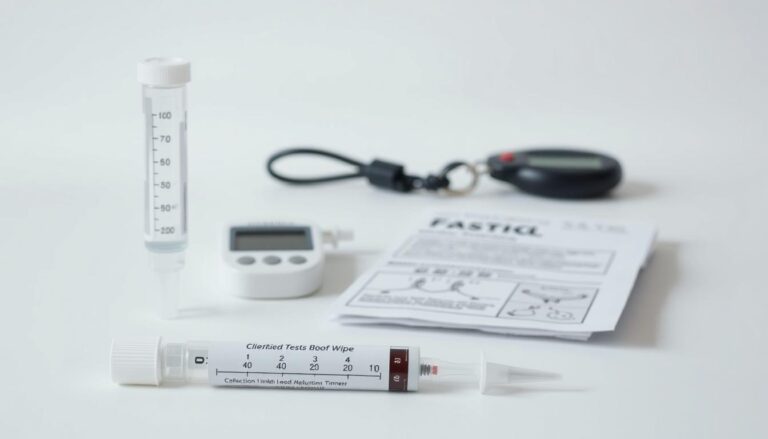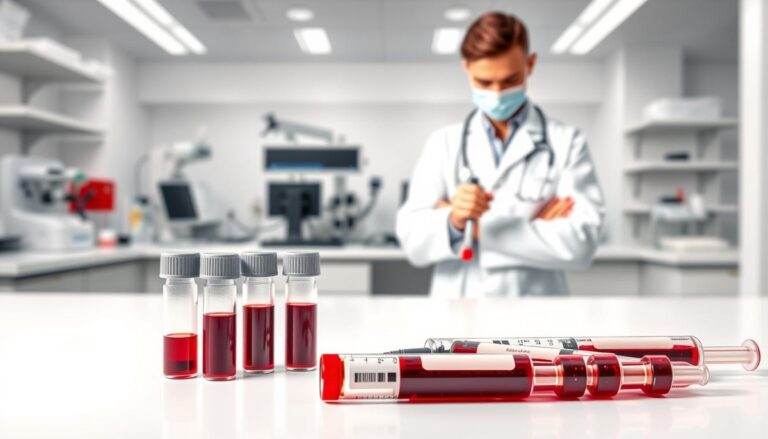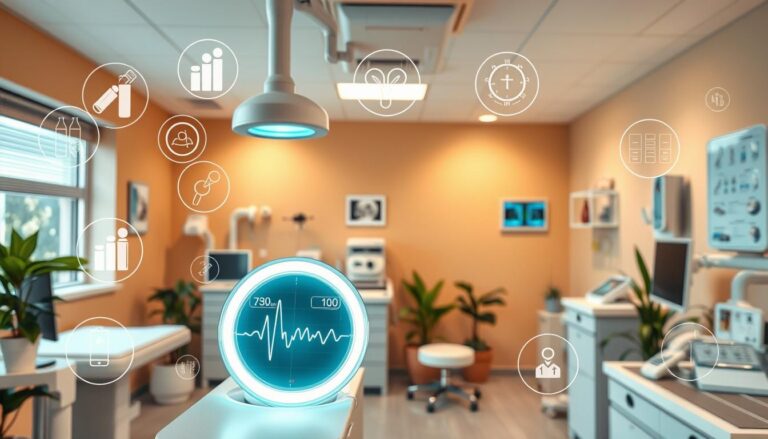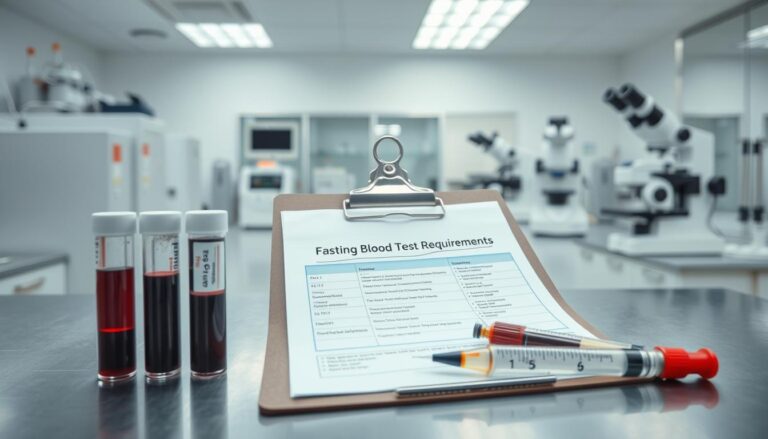The Step-by-Step Process of Urine Sample Collection and Analysis
Ever thought about how important urine samples are in medical tests? They help doctors understand our health. We’ll explore how to collect and handle urine samples correctly. This is for both healthcare workers and patients.
Get ready to learn about this key medical step. It’s crucial for getting accurate test results.
Visiting a trusted diagnostic centre in Yelahanka ensures precise testing and reliable health insights.

Understanding Proper Patient Preparation and Equipment
Getting a urine sample right is key for medical tests. The right prep and tools are vital for a good sample. Let’s look at what makes a clean catch midstream urine collection successful.
Essential Supplies for Collection
For a urine sample, you’ll need a few things:
- A sterile urine cup or container
- Clean catch wipes or medicated cleansing pads
- A sealable transport bag to store the sample
Patient Instructions and Timing
Patients should collect urine when their bladder is full for 2-3 hours. This ensures a good sample. Females should clean their labia with wipes before collecting. Males should clean the penis head. Infants use a special bag for urine collection.
First-morning urine is best for tests because it’s more concentrated. Timing is key, especially for 24-hour collections, where all urine must be collected in a day.
Special Considerations for Different Patient Groups
Some patients need special urine collection rules. For 24-hour collections, keep samples cool, like in a fridge. Certain health issues, like UTIs or kidney problems, might need special care.
Knowing how to prepare patients and what equipment to use is crucial. This ensures accurate urine samples for medical tests and diagnosis.
Urine Sample Collection Procedure and Handling Guidelines
Getting a urine sample right is key for accurate test results. The clean-catch method is often used. First, wash your hands and clean the genital area with wipes.
For women, spread your labia and clean from front to back. Men should pull back their foreskin if they have one.
Collect the midstream urine in a sterile cup, filling it halfway. Then, seal the cup tightly and label it with your name, date, and time. Keep the sample refrigerated if you can’t get it to the lab right away. It should be there within 24 hours.
Following these steps is crucial to keep the sample safe. If the sample is mishandled or contaminated, test results can be off. This can affect your health and treatment plans.
Key Considerations for Urine Sample Collection and Handling
- Use the clean-catch midstream method for urine collection
- Wash hands and clean the genital area before collection
- Collect the midstream urine in a sterile sample cup
- Seal the container tightly and label it with patient information
- Refrigerate the sample if it cannot be transported immediately
- Deliver the sample to the lab within 24 hours of collection
By following these guidelines, you help ensure your urine sample is collected and handled correctly. This leads to accurate test results and better medical decisions.
| Urine Sample Collection and Handling | Recommended Practices |
|---|---|
| Collection Method | Clean-catch midstream |
| Patient Preparation | Wash hands and clean genital area |
| Sample Container | Sterile sample cup, filled halfway |
| Sample Labeling | Patient name, date, and time of collection |
| Sample Storage | Refrigerate if not transported immediately |
| Sample Delivery | Transport to lab within 24 hours of collection |
Conclusion
Collecting urine samples correctly is key for accurate test results. By following the right steps, we can avoid contamination and get reliable results. Patients must pay close attention to the instructions given to them.
Keeping everything clean is important. It’s also crucial to label, store, and send the samples to the lab on time. These steps help make sure the urinalysis is of high quality.
Doctors use urinalysis to find out what’s wrong and to check on kidney health. Knowing how to collect urine samples properly helps patients help their doctors. This way, the urine samples give the most accurate information possible.
Our goal is to get data that helps make good healthcare choices. By following the guidelines for collecting and handling urine samples, we can all work together. This helps improve patient care and outcomes.







